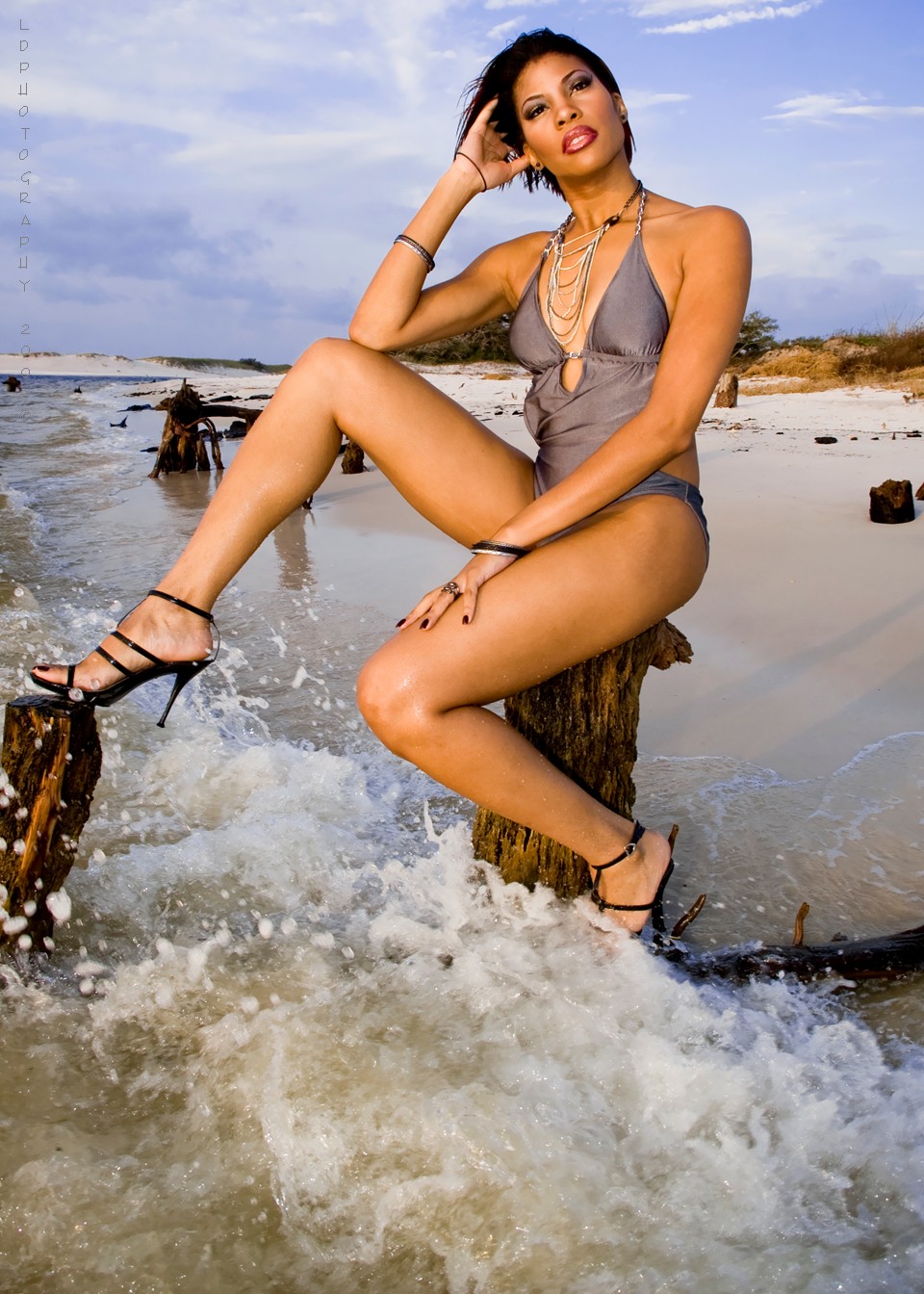So, you want to be the next supermodel, but don't know where to start. You can go to Barnes and Nobles, and Google search the web for information on modelling and you will be there till your grand kids' grand kids were graduating from high school. The following is my two cents and take it for what its worth.
1. Understand, there is a difference between modeling and BEING a model. Anyone can be a model, but very few people model. Whether its clothing, automobiles, food, or car insurance, a model is only effective when they can create an emotional response to an audience. What many models fail to understand is that modeling goes far beyond the model. The expression, pose, and posture have as much to do with a shot, if not more as the look of a model.
2. This is work! Every time a model steps in front of a lens they must remember that they are adding to their resume. A model should always be conscious of WHY they are shooting whatever they are shooting and the message they want to convey. Whether its a paid shoot, a contracted shoot or a TFP/CD shoot, the model must bring IT!
3. Pay your dues. Many models start out not knowing WHAT they want to shoot. Whether its Fashion, glamour, editorial, industrial, pop art...etc, many models just throw everything at the wall and see what sticks. While for some this may seem great, it can also prove to be a great usage of valuable time. Have a plan. If you are unsure of what you want to shoot. Find a local photographer and schedule a shoot with a sufficient amount of time time to achieve 4-6 different looks and see what worked and what didn't. If you are 5'1 102lbs you probably will not be a lead candidate for runway or high fashion type modeling, but you might be great for print and catalogue fashion. Conversely, if you are 5'10 and a size 3, you might find a lot of fashion work, with very little print or editorial work. It all depends what a prospective client is looking for.
4. Pay to be Paid. As stated earlier, a starting model can find many outlets to getting photo shoots. Some will be free, some will go close to $2,000. The difference will be not only the quality of the shoot/photographer, but also the amount of control. A photographer that you pay works for you, and is trying to get you the best shot that they can possibly get. The same that you are trying to get yours. When you do a shoot, invest in a good make up artist (MUA), and hair stylist. I tell all models, at worst have an MUA, for ANY and EVERY shoot! It does make the difference.
5. Have a book. In this day and age of iPhones, online websites, and Model Mayhem, many new models forget the importance of having a hard "book." That hard portfolio can go with you anywhere you go, and creates a different effect for a multitude of reasons. It lets a potential client/agency to see you IN PRINT so they can get an idea of your versatility at arms reach. Also it adds a great level of professionalism. But the greatest in my opinion is that it IS your resume. It should have your best shots, and focus to a particular style or styles. While comp cards are great, I feel that a model should always have a port with them. I always recommend to my female models to have an 11x14" and a 5x7" portfolio. The larger can stay in a bag, car, ...etc, and the smaller is easy to carry around in a purse.
The goal of many models is to become agency signed. The agency creates opportunities that it might be hard to come by on your own. If a model takes the time to map out where they want to go, and how they will get there, the path to being the next supermodel becomes more in reach.
LDP


